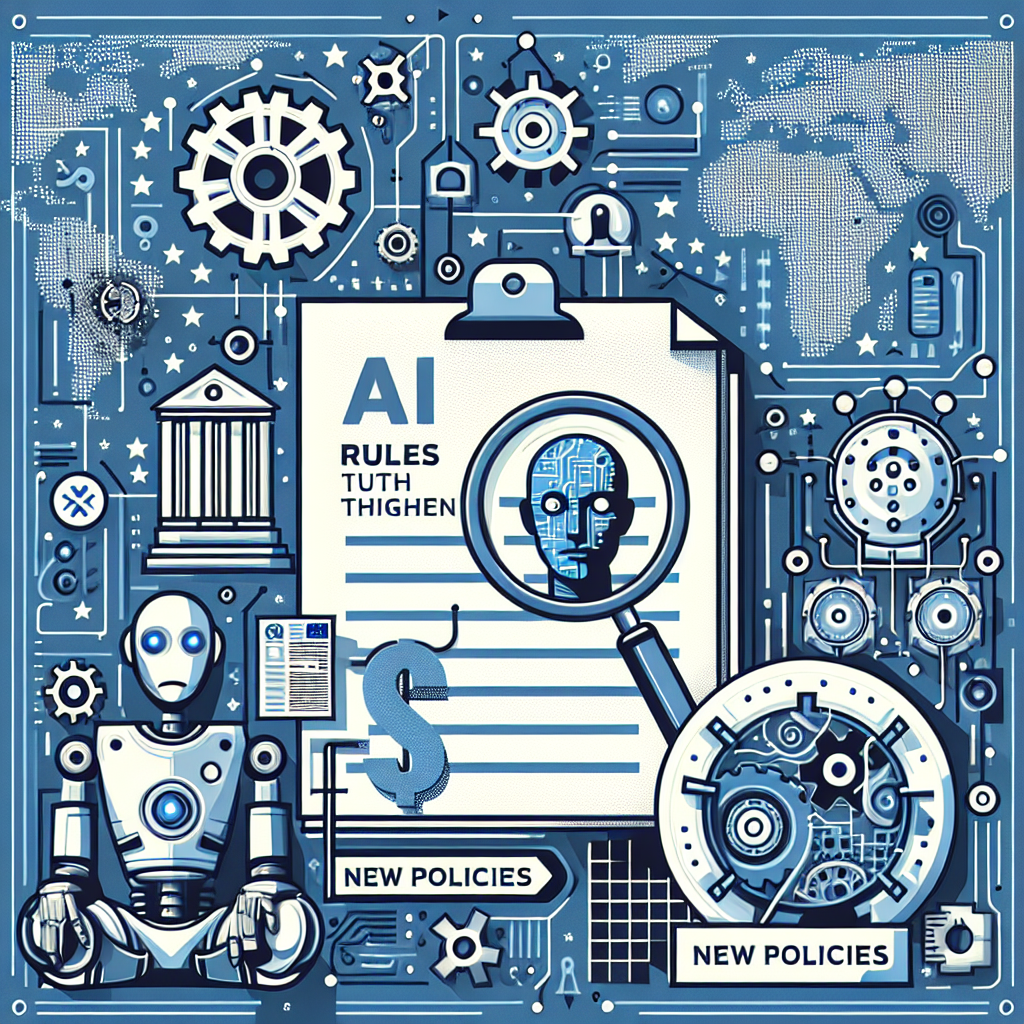EU AI Act Enters Action Phase: What Changes Now

Europes landmark AI law shifts from text to tasks
Europes Artificial Intelligence Act is moving from legislative text to practical obligations, with the first requirements beginning to take effect in a phased timeline through 2025 and 2026. Regulators are issuing guidance, companies are mapping their AI portfolios, and global providers are gearing up to comply with rules that reach well beyond the European Unions borders. The European Commission has called the measure the first comprehensive law on AI worldwide.
While exact dates vary by obligation, the broad direction is clear: prohibited uses of AI will face early enforcement, transparency duties arrive for systems that generate or manipulate content, and high-risk applications must meet detailed safety, governance, and documentation standards as the calendar advances.
What takes effect first
The AI Act ranks AI uses by risk and prohibits practices deemed unacceptable. National authorities are preparing to act against the most problematic cases. According to EU explanations of the law, early enforcement focuses on uses that lawmakers concluded threaten rights or safety, including:
- Social scoring by public authorities that ranks people in ways that can lead to unfair or harmful treatment.
- Certain forms of biometric surveillance and manipulative systems that exploit vulnerabilities or attempt to influence behavior in ways likely to cause harm.
- Undisclosed deepfakes and synthetic content in contexts where people could reasonably mistake it for real.
Transparency duties are also ramping up. Systems that generate text, images, audio, or video at scale must support labeling or disclosure so users understand when content is AI-generated. Public bodies and companies are being advised to prepare internal processes for flagging synthetic media and responding to takedown requests.
Who is covered and where
The law applies to providers that develop or place AI systems on the EU market, deployers (users) in the EU, and importers and distributors. Its reach is extraterritorial: organizations outside the EU can still fall under the rules if their AI outputs are used in Europe.
High-risk systems span sectors such as critical infrastructure, medical devices, employment and education, essential public services, and certain law enforcement contexts. Providers of so-called general-purpose AI models must meet tailored obligations, including documentation and risk mitigation for downstream uses. Penalties for violations can be significant, rising with the severity of the breach and the size of the company.
Regulators set the tone
The European Commissions new AI Office is coordinating implementation and guidance, including oversight of powerful general-purpose models. National market surveillance authorities are building capacity to investigate complaints, conduct audits, and order corrective actions. The Commission says the Act aims to ensure AI systems in the EU are safe and respect fundamental rights and EU values.
Standards bodies in Europe and internationally are drafting technical specifications that companies can use to demonstrate compliance. These cover risk management, data governance, robustness testing, human oversight, and post-market monitoring. Many firms plan to align design and assurance processes with these standards, anticipating that conformity assessments will rely on them.
Global ripple effects
The EU law is shaping policy debates around the world. The United Nations General Assembly adopted a consensus resolution in 2024 encouraging countries to promote safe, secure and trustworthy AI systems. The OECDs AI Principles, endorsed by dozens of governments, state that AI should benefit people and planet by driving inclusive growth, sustainable development and well-being. Together, these efforts are pushing developers to incorporate safety, transparency, and accountability into the AI lifecycle.
In the United States, federal agencies continue to develop guidance and procurement rules following the 2023 executive order on AI safety. The UK and other jurisdictions have issued sector-led or principles-based approaches. For global companies, the practical strategy is converging: build to the strictest plausible standard, test and document consistently, and enable disclosures for users wherever they operate.
What companies should do now
Compliance teams and product leaders are translating legal text into engineering tasks. Experts recommend the following immediate steps:
- Inventory AI systems and models. Identify what you build, buy, and embed. Map to business processes and user populations.
- Classify risk. Decide whether a system is prohibited, high-risk, limited-risk (requiring transparency), or minimal-risk, based on intended purpose and context.
- Assign accountability. Name a senior owner for AI governance. Define lines of responsibility across legal, security, product, and data science.
- Strengthen data governance. Document data sources, consent and licensing, preprocessing steps, and representativeness. Record known limitations and mitigations.
- Test and monitor. Establish pre-deployment testing for accuracy, robustness, and bias. Implement post-market monitoring and incident response.
- Document thoroughly. Maintain technical documentation, model cards, risk assessments, and instructions for use. Expect to share portions with regulators or customers.
- Enable transparency. Provide clear user information, including when content is generated or significantly manipulated by AI and how to report problems.
- Review vendor contracts. Pass down obligations to suppliers and ensure access to artifacts needed for audits.
- Track guidance and standards. Follow updates from the AI Office, national authorities, and standards bodies. Participate in regulatory sandboxes where available.
Supporters, critics, and the road ahead
Consumer groups largely welcome the laws focus on safety and fundamental rights. They argue that guardrails are overdue as AI systems move into hiring, housing, healthcare, and public services. Industry groups agree on the need for trust but warn about costs and uncertainty for startups and open-source developers. Many seek clarity on documentation depth, model evaluation methods, and how responsibility is shared along the supply chain.
Law enforcement and public-sector advocates say they need modern tools but accept oversight when rights are at stake. Civil liberties organizations caution that exemptions must be narrow and transparent. The laws success will depend on clear guidance, workable standards, and consistent enforcement across member states.
In the next 12 to 24 months, expect a steady cadence of delegated acts, guidance notes, and harmonized standards that translate principles into checklists and test suites. Companies deploying AI in Europe will face more up-front design work and ongoing assurance, but many also see an upside: clearer rules to sell into a large market, and a common framework to answer customer due diligence questions.
Bottom line
The EU AI Acts implementation phase marks a shift from broad debate to concrete deliverables. For many organizations, the immediate task is not speculative research on artificial general intelligence, but practical governance for todays systems: know what you have, know the risks, and show your work. As national authorities begin enforcement and standards mature, the companies that invested early in documentation, testing, and transparency will be best positioned to adaptin Europe and beyond.
























































































































































































































































































